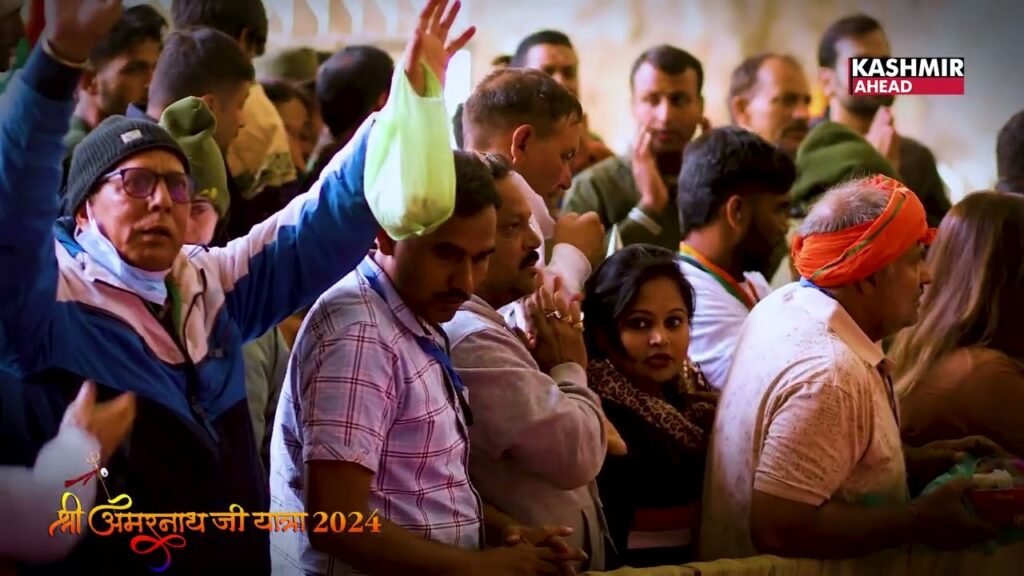The Amarnath Yatra, a significant pilgrimage in Hinduism, draws thousands of devotees annually to the sacred Amarnath Cave in the Himalayas. Amid the journey’s physical challenges, pilgrims find spiritual enrichment through various cultural elements, one of which is the presence of Jangam singers. Jangam singers, also known as Jangamas, belong to the Veerashaiva sect and are traditional bards who preserve and narrate religious stories, hymns, and folklore. Their songs often celebrate the deeds of Lord Shiva and other deities, making them an essential part of Shaivite religious practices. During the Amarnath Yatra, these singers provide not just musical entertainment but also spiritual guidance, reminding pilgrims of the deeper meanings behind their journey. The Jangam singers enhance the pilgrimage experience by creating an atmosphere of devotion and reflection. Their songs, filled with stories of divine acts and moral teachings, resonate deeply with the pilgrims, offering solace and inspiration. In the high-altitude environment of the Himalayas, the Jangam singers’ voices echo through the valleys, reinforcing the pilgrims’ connection to the divine. Moreover, the Jangam singers play a role in preserving cultural heritage. By continuing the oral tradition, they ensure that ancient stories and hymns are passed down through generations. This cultural continuity adds a rich layer to the pilgrimage, connecting modern-day pilgrims with their historical and religious roots. In essence, the Jangam singers contribute significantly to the Amarnath Yatra. Their presence not only enhances the spiritual ambiance but also ensures the preservation of important cultural and religious traditions. Through their music and stories, they help pilgrims find deeper meaning in their journey, transforming a challenging trek into a profound spiritual experience.
SASB shri amarnath yatra 2024 Cave amarnath news amarnath yatra 2024 Shri Amarnath Yatra latest news Amarnath yatra brarimarg muslim palki wals kashmir chandanwadi muslim brothers support Pahalgam muslims support muslim pony walas pilgrims pithoo walas muslim horse walas Hindus viral video Jangamas Shrine Board amaranth Hinduism spiritual kashmir news



